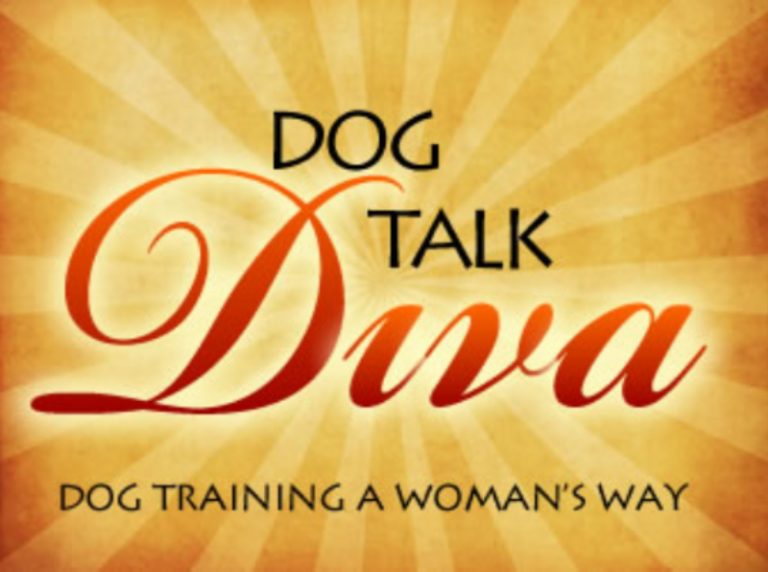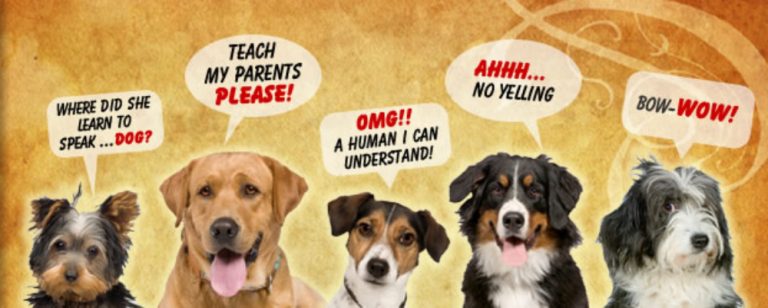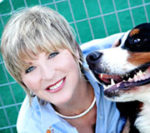Guest Post from Lesley Zoromski, Dairydell Master Trainer
A friend called with a surprising story to share. She was at a local dog park with her small terrier, and not far away, there was a family with a lab mix. The family consisted of mom, dad and young daughter who was about 3 years old. A large dog ran by the family, and the young girl, somewhat surprised, grabbed onto her mother’s legs for comfort. Here’s the shocker…..
Her mother bent down to look into her child’s eyes and said, “Oh honey, you don’t have to be afraid of any dogs here because this is a dog park and all dogs at dog parks are friendly.”
Worst advice ever!
That’s because dogs at dog parks are not screened in any way.
- Dogs do not have to be safe with children to go to a dog park.
- Dogs do not have to be human or dog friendly, and some may in fact be bullies and jerks!
- Dogs are not required to have vaccinations to go to a dog park.
- Dogs that may be friendly, may still have terrible manners meaning that they could jump on anybody and anything, or use their mouth to grab, hold and pull… all with the intent to play.
Often times, going to a dog park is a dog’s only physical outlet to “let loose”. Rough play or rude behavior (towards dogs or humans) can be common. Couple that with an owner who is looking more at their phone or chatting with other dog owners, and things can go wrong in a nano second. Some owners are in denial about their dog’s inappropriate “play” and there’s not a lot you can do about that, other than recognizing potentially dangerous situations and leaving the park. Educate yourself about dog body language and good dog park etiquette to help be proactive and avoid bad situations.
Looking back on this dog park example, the child was shy, but another child may think it’s great fun to chase after dogs. Some dogs may be ok with this, but others may not. In fact, if they are running away and are nervous about being pursued by a child, they may turn and stop the child with a bite.
So if you want to give your child exposure to dogs, great, but find friends that have dogs that like children and are comfortable in their presence. See my blog on “When Things Are Going Well”, to understand body language that supports this.
In closing, always supervise your child and dog. By all means, if you see a child pursuing a dog that’s trying to get away, step in to intervene. Sometimes young children don’t know any better, and it’s our job to help keep both child and dog safe.










